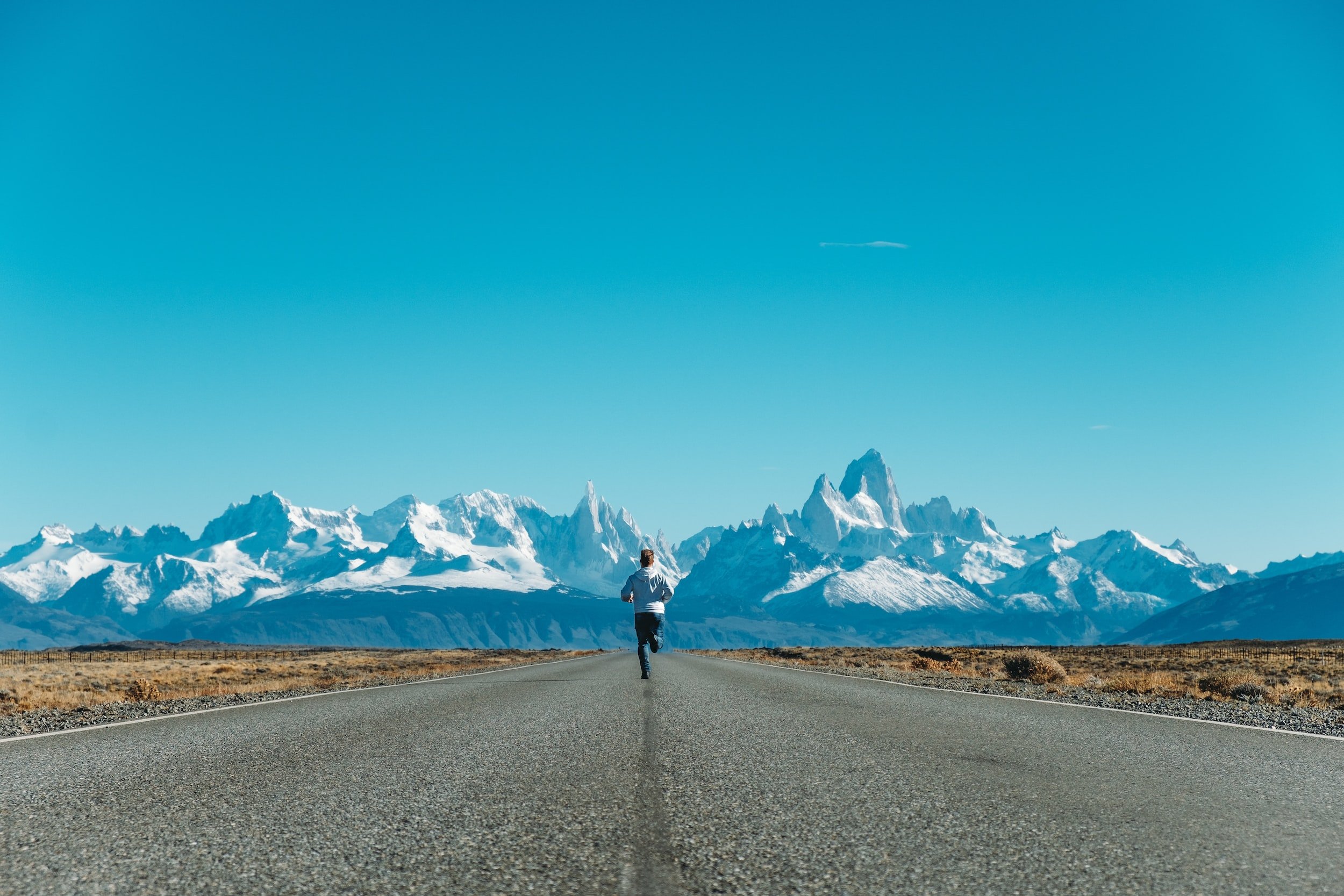
How to Prevent Blisters & How to Treat Them
According to an Expert
Blisters are one of life’s great frustrations, especially if your life involves long hikes, trail runs, paddling trips or other outdoor activity. A bad enough blister on your heel can mean the curtailing of what should have been an all-day trek. A blister on your palm can mean paddling back to shore instead of onward to adventure. But if you do indeed spend any lengthy amount of time being active out there, it’s entirely likely that you will get a blister (or two or six) from time to time.
When possible, preventing blisters is always ideal, but knowing how to treat a blister is critical for when prevention comes up short. Proper blister care can mean the difference between you being able to keep on going out there with minimal discomfort or you ending your outing in pain – and possibly facing infection.
To get some expert advice on blister treatment, we talked to Brad Greer, CEO of DrySee, a company that makes one of the most unique bandages available today. DrySee’s waterproof bandages are not only secure enough to be worn in the shower, as you exercise, or even as you swim (thus the “Dry” part of the name), but they also have a built-in “Patented Liquid Intrusion Technology” that makes the bandage change color if water does get in and the dressing needs to be changed (thus the “See”).
Long story short, Brad is a guy who knows his way around wound care and, even better, around wound prevention. Which is why we’ll let him take it from here when it comes to talking about blister care, treatment, and prevention.
What precautions should people take to prevent blisters on long runs or hikes?
“To help prevent blisters on a long run or hike you first want to make sure that your shoes are the right size,” Brad Greer said. “Your feet will swell, so you need more room than you would in a normal shoe. Wearing two pairs of socks can also help by reducing the friction between your foot and the seams of the shoes.”
What causes blisters, anyway?
“Friction causes the layers of your skin to split apart and fluid fills the space that is created, forming the blister.”
What should you do if you feel a potential blister forming, but you caught the friction spot before all the damage is done?
“If you feel a blister starting to form you can try a few preventative measures – change your socks, relace your shoes and make sure your feet aren’t slipping, change your shoes, apply a blister bandage, blister tape, or a skin lubricant.”
What is the best way to treat a blister when you have many miles still to cover?
“The best way to treat a blister when you still have miles to go is to apply a moleskin. This will protect the skin and should keep the blister from bursting. It will also eliminate additional friction at that point on your foot by cushioning the area with added protection.”
What is the best way to care for a blister in general?
“The best way to care for a blister is to protect the skin from further damage. It is not recommended to pop a blister as this creates a breach in your skin which can allow bacteria and other contaminants to enter, and this could lead to an infection. You can wash the area with warm water and soap and apply a wound covering. If the blister bursts on its own, cover it with a bandage like DrySee. DrySee changes colors if the seal of the waterproof bandage is breached by liquids, [so] when the bandage turns blue you know to change it and clean the wound site to lower infection risks.”
What are mistakes people make when it comes to blister care?
“The biggest mistake people make is popping blisters that don’t need to be popped. If a blister is in an area where it is likely to burst on its own, you can clean the wound site, sterilize the needle, prick the blister a few times, and cover it with antibiotic ointment.”
What are some tips for speeding up healing time?
“If the blister bursts or you need to pierce it, make sure you leave the skin on the blister. This can help protect the new skin underneath and help it heal faster. Like any skin damage, applying antibiotic ointments and using a wound covering to help prevent further damage can help the skin do its job and heal faster.”

